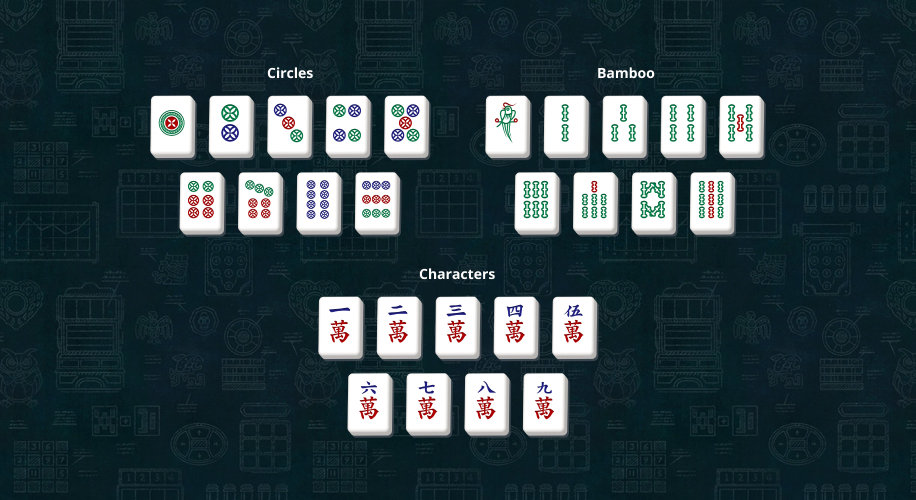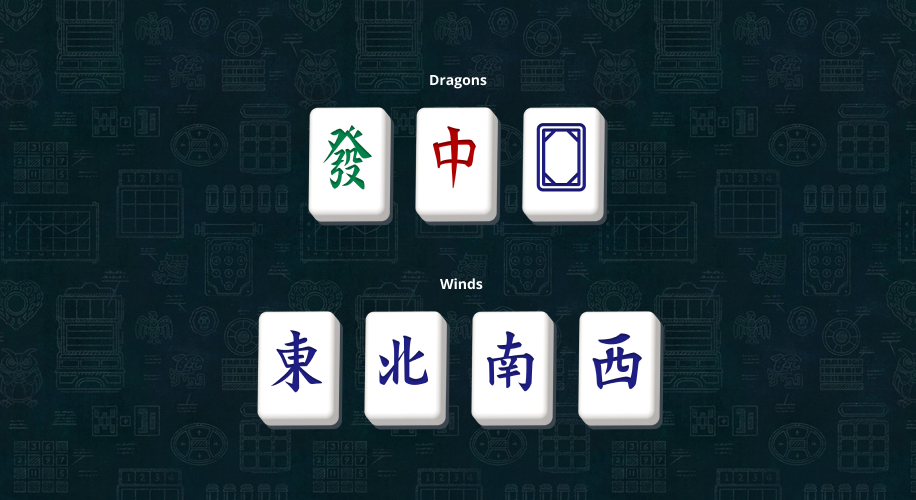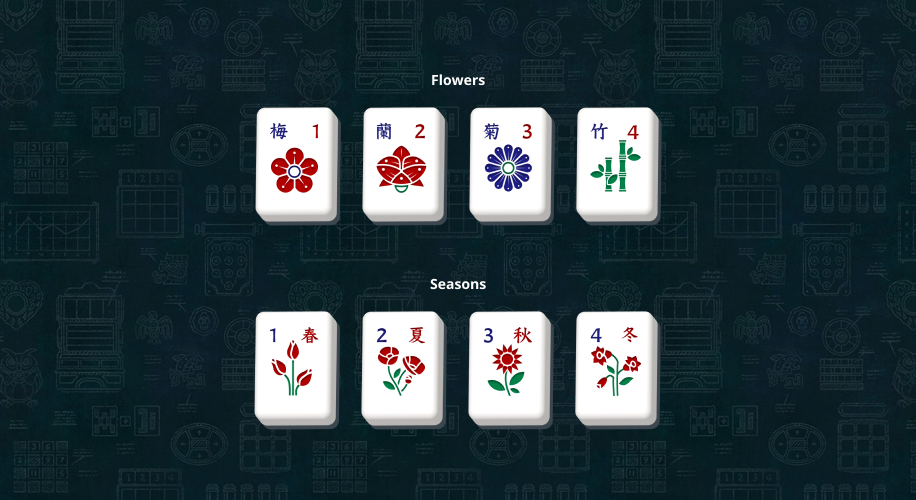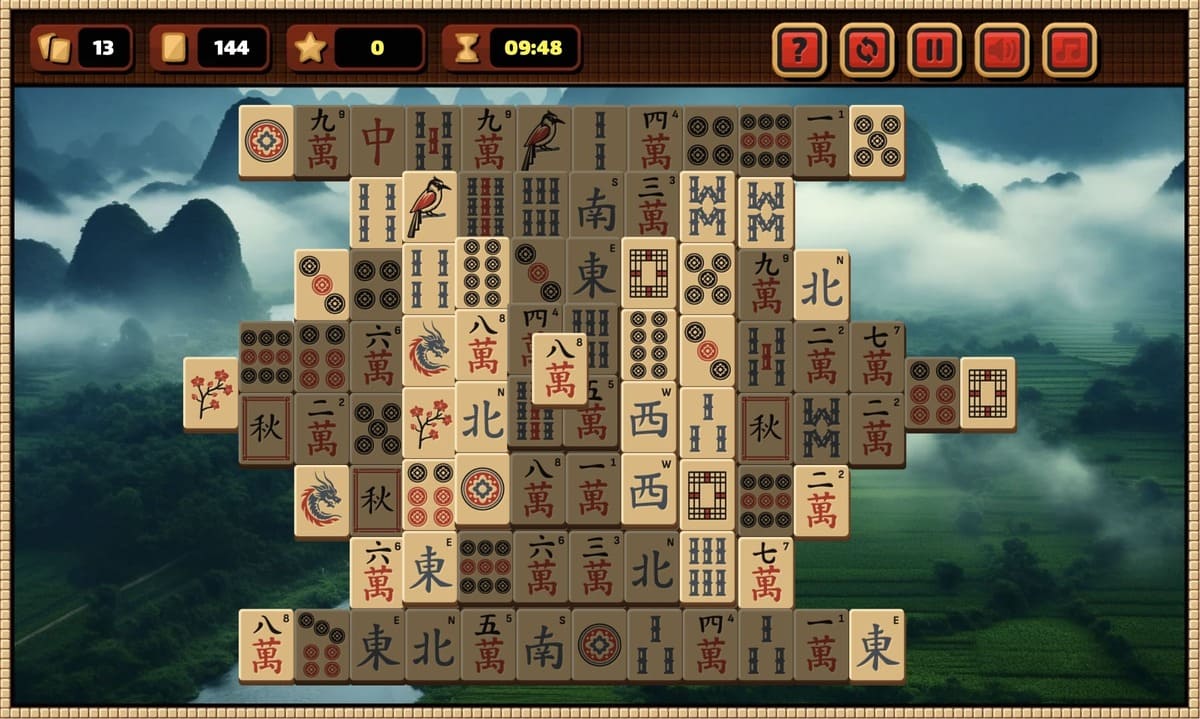How to Play Mahjong Solitaire
If you’re unsure how to play Mahjong Solitaire, this guide will help you with the basics of the game. This game is addictive, fun, and satisfying, as well as being linked to improved memory and cognitive functions due to a combination of gameplay and its plush appearance.
Mahjong Solitaire is played with tiles rather than cards (as cards are the norm relating to Solitaire) and is a game for all ages. That notwithstanding, the game’s challenge can be engaging and fun for beginners and people who have been playing for years.
Game Objective
The objective of Mahjong Solitaire is to find matching tiles and remove them from the board until there are none left. There is a clock that you have to beat, and the faster you complete a round, the better your score will be.
What is Mahjong Solitaire?
Mahjong Solitaire was first developed and introduced to the world back in 1981. Created to be played on computers, a developer for the PLATO system named Brodie Lockhard is credited as the originator of the Solitaire version. It was later included in Windows platform packages and has since been available online.
How to Control the Game
If you’re playing the game on a PC or a laptop, clicking the left mouse button will select and highlight the tile you want to remove. Clicking a selected tile will deselect the piece if you make a mistake. Tapping the screen will select or deselect tiles on a tablet or smartphone.
Details and Setup
Mahjong Solitaire is played using 144 tiles of various suits, broken down between regular suits, Honor, and Bonus tiles.
Suits tiles:

- Dots: These are numbered from 1-9, and four of each tile are at play in the game. These are also referred to as wheels in some variations of the game.
- Bamboo: Bamboo pieces are tiles that have stick-like pictures on their faces. These are numbered from 1-9, and four sets are mixed into the board.
- Characters: The characters tiles have Chinese symbols on their faces and are also called cracks or numbers. These are numbered from 1-9, and there are four sets at play in the game.
Honor Tiles

Honor tiles are less numerous than the other suits.
- Winds: These tiles have Chinese letters that represent the north, south, east, and west directions that the wind blows. There are four of each at play mixed into the pattern.
- Dragons: Dragon tiles have pictures of dragons on their faces, and four of each type are involved.
Bonus Tiles

- Flowers: Flowered tiles have pictures of different types of flowers or foliage on their faces. They are Bamboo, Plum, Chrysanthemum, and Orchid. There is only one of each type of flower tile at play, but they all match with each other.
- Seasons: Four Season tiles are in use, and like the flowers, they all will count as a match when used together. Patterns for these are peopies representing Spring, lotuses representing summer, autumn-appropriate fruits representing fall, and daffodils representing winter.
Step-by-Step Instructions
The instructions pertaining to how to play Mahjong Solitaire are simple.
- You click on two matching tiles to remove them from the board. Only tiles that are exposed can be selected and removed. Exposed tiles have no tile covering them and no tiles adjacent to at least one long edge of a tile. Blocked tiles will remain unresponsive until the tiles in the way have been removed. In our version of the game, all clickable open tiles are highlighted, and blocked tiles have been shaded.
- Continue to remove them from the board until there aren’t any left. Players have ten minutes to clear the board. If you clear the board before time runs out, you win.
Winning Strategies and Tips
Like many iterations of Solitaire, there are strategies that you can develop and employ to have an easier time progressing through the game.
Tip for Beginners:
When you’re new to the game, it’s not about speed but becoming as familiar with the pieces as possible. Until you get a good handle on the various pieces at play, go for the tiles that best catch your eye (pictures or numbers) and remove them first. Concern yourself with your time and score when you’re ready.
Remove from the Top
For the most part, edge pieces don’t have any tiles hiding under them until you work your way into the pattern a little. The tiles in the center of the formation have tiles hiding under them, and they need to be exposed.
Making it a priority to remove as many tiles from the top as possible is a good strategy, which will open up more options as you progress. This will also help you avoid running out of moves or matches.
Memorize Tiles
The less searching you have to do throughout the game, the faster you’ll progress. If you can remember where exposed tiles are, you’ll have an easier time finding matches or recalling where a match for a tile was that you’ve already seen.
Everyone’s different, and some people have a harder time recalling where they’ve seen different tiles; not to worry! This is a skill that can be improved the more you play the game. If you’re deliberately trying to memorize where different tiles are or what tiles are available, you will get better with practice and will (without question) enhance your score.
Forward Progression
Sometimes, you wind up having to make a decision between three open matching tiles. Scenarios like this cause one to ponder about forward progression. You could take two directions but only have one move. Which would be more beneficial?
Thinking ahead to see if a move opens up opportunities to remove more tiles will help you clear more tiles in a better time, which means a greater score. In scenarios such as the one given above, you’d want to select whichever of two directions would open up removable pieces.
Other Variations of Mahjong
Mahjong has been around for quite a long time. During that time, several versions have come out utilizing the tiles differently, concocting different games adopted in countries around the world.
Mahjong Classic or Chinese Mahjong
This is the original article that has been around for over 100 years. It is often a 4-player game enjoyed by families, friends, or competitors. The following are merely some of the versions that have spawned from this classic:
- Japanese Mahjong
- Korean Mahjong
- American Mahjong
- Singaporean Mahjong
- Three-Player Mahjong
- South African Mahjong
- Mahjong Titans
- Mahjong Connect
To date, there are over 40 known or popularized renditions of this game. In many cases, version popularity hinges on location.
Mahjong Solitaire Layout

Mahjong Solitaire is often constructed in a turtle-shaped pattern that grows in height as you get closer to the middle. This is often compared to a “pyramid” type of pattern due to the tiles receding from the edges yet growing in height as you get closer to the pattern’s center.
After completing the pattern to set up the game, the layers are no greater than 4 tiles tall. What should go without saying is that the tiles at play should be completely mixed up and randomly situated throughout construction. Fortunately, being a browser game, all of this is handled for you when playing online.
Conclusion
Playing Mahjong Solitaire is a lot of fun, and after you complete a game, there’s no ignoring that urge to try it again to see if you can do it just a little bit faster. The addictive nature of this game is part of its staying power; that coupled with the challenge it presents.
Aside from being a good time and a chance to relax, playing Mahjong is a healthy exercise for cognitive functionality, whether it’s pattern recognition, memorization, problem-solving, or concentration. It has been known to promote better decision-making through a greater sense of observation.
With that said, get going on a new game and try to implement anything you might have learned here. If you’ve played it before, try to play it through a new set of eyes, making different moves than you might have otherwise. Concentrate, enjoy yourself, and let its relaxing nature take you out of your daily grind!
